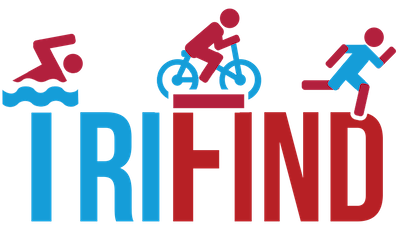Running a 12 Minute Mile with a HR of 170?!?!
It was a cold brisk day and I wanted to mix things up a bit. There was about 6 inches of fresh powder on the ground so I decided to go for a run. I put on my shoes, made a couple of quick adjustments, started my watch and I was off. A few minutes into the run I was already a bit winded. I took a glance at my Garmin and screamed like a little girl. A 12 minute per mile pace and my heart rate was at 170?! I better slow things down a bit!
Whether you are still in “offseason” mode or in full-time training mode, athletes in colder climates should welcome the winter weather and change things up a bit. Get off the treadmill, remove yourself from the icy roads & trails, and strap on some snowshoes!
Snowshoe running is sure to give you a solid workout and will definitely strengthen your hamstrings, hip flexors, calves and other stabilizer muscles you never knew you had. Since the snowy surface is fairly soft your body will take less of a beating (compared to running on pavement). It is an excellent form of cross-training and will greatly help build your aerobic engine.
One of the best things about snowshoe running is that it is inexpensive and requires little experience. If you can walk or run you can snowshoe. It may feel a little weird at first, but without much practice you’ll be a pro. And unlike a pair of running shoes, snowshoes will last for a few years.
In addition, running with snowshoes will help correct inefficient running form and force you to run straight forward with your toes pointing straight ahead. If you don’t run this way with snowshoes on, you will end up stepping on your shoes and clink and clank as your run.
I recommend running on packed or groomed trails. Cross country centers, golf courses and snowmobile trails are great places to unleash yourself. Also, when you go snowshoe running you should wear running sneakers and not boots on your feet. I suggest wearing water proof running shoes and you may also want to consider wearing gaiters to help keep your feet dry. (Tip: skip both of the suggestions above and use cycling shoe covers; neoprene works best)
Another thing to keep in mind as you head out on a pair of snowshoes is that it is best to track time and not distance. Do not get frustrated if you run for an hour and only find that you have covered 3 or 4 miles. In order to keep things in perspective and prove to yourself you are getting in a serious workout, it is a good idea to use a heart rate monitor. Also, you can expect your pace per mile to increase by 3-5 minutes compared to running on the road.
For all those competitors among us or for those who want to try a new kind of race… yup you guessed it … there are snowshoe races. Unbeknownst to me until recently, these kinds of events do exist and can actually be a ton of fun. Check out www.snowshoeracing.com for events in your area. This is a great way to test your early season fitness and try something new.
Finally, before you run off to buy some fancy new shoes make sure you buy run specific snowshoes. These are generally shorter, smaller, and lighter than your normal trekking shoe. I also recommend picking a pair of poles (similar to ski poles) that will help with balance, form, and making it up more challenging terrain.
You can check out the related video by clicking HERE. Enjoy!
Written By: Coach Chris
Owner, Ridgewood Tri Athlete LLC
USAT Certified Coach
USA Cycling Coach
www.RidgewoodTriAthlete.com


